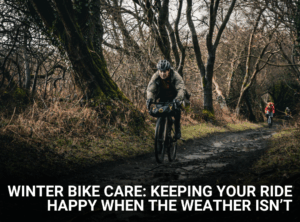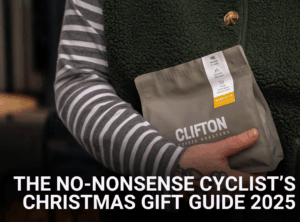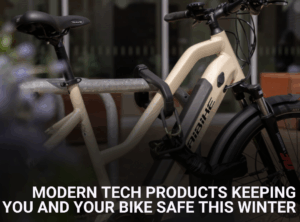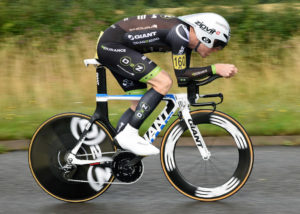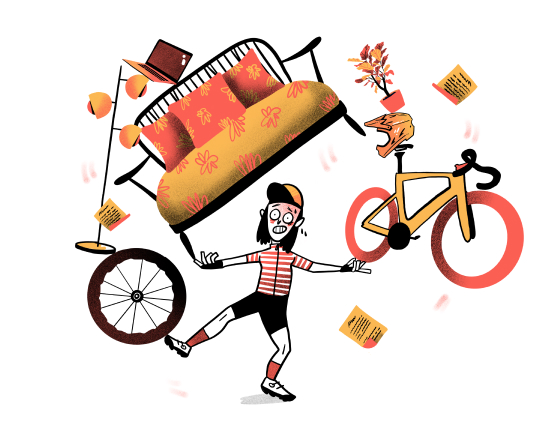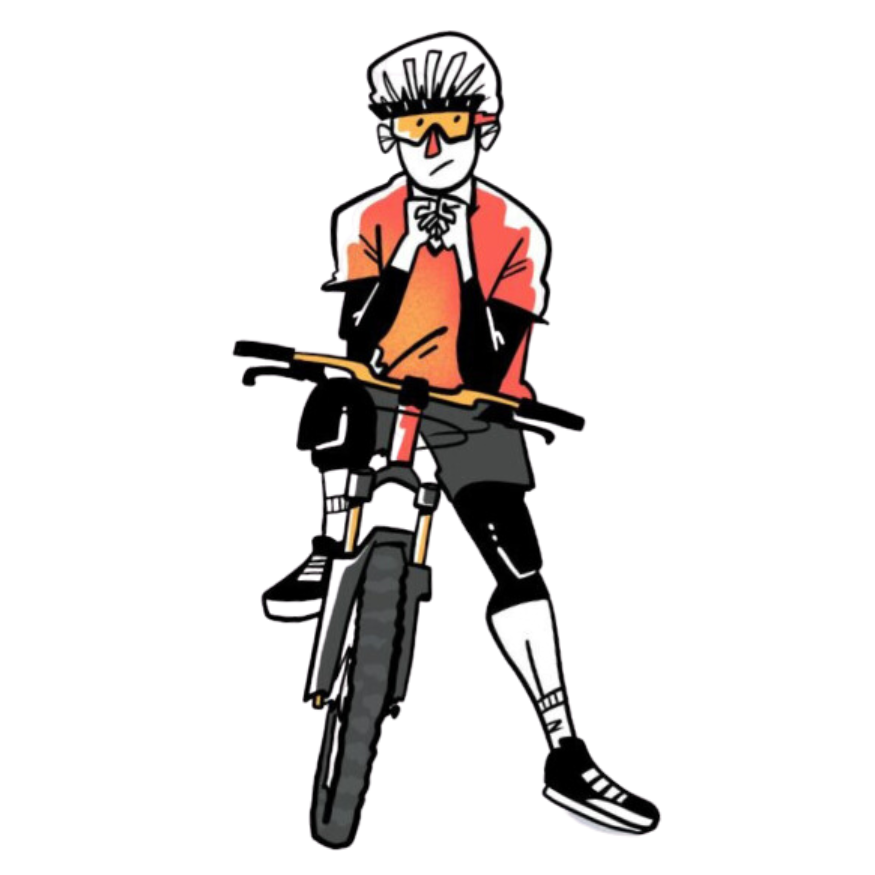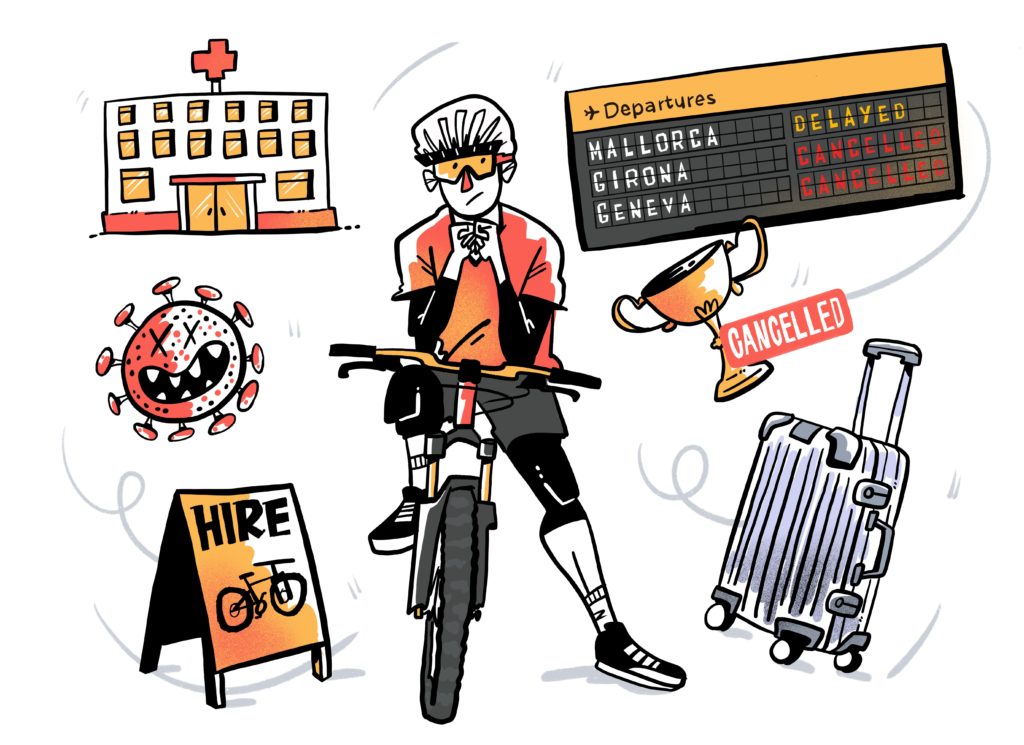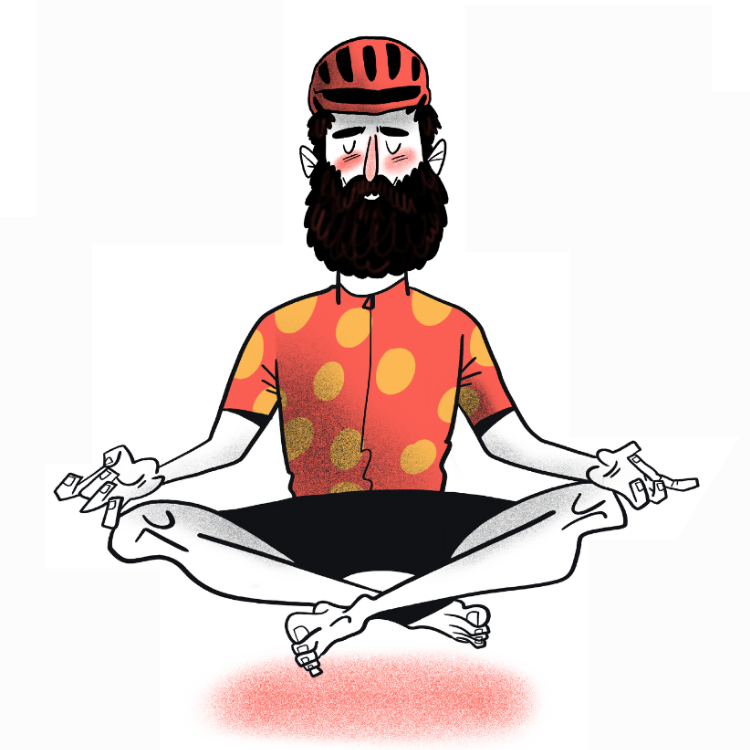Buying your first mountain bike can be a pretty daunting thing. The options are seemingly endless, and opinions from friends, websites and magazines come thick and fast.
Never fear, though! Armed with expert advice, you can breeze through buying your first mountain bike and emerge with a top-quality bike perfect for hitting the trails.
First things first… decide your budget.
Decide how much you’re willing to spend; the obvious one to start. Nailing down your budget is a great way to prune those endless options.
Expect to spend at least £500 on your first mountain bike. There are some brilliant first-time bikes for around £500 to £1000 but many rotten ones. Go for something that gets good reviews on websites like BikeRadar and MBR that your local bike shop recommends and has excellent upgrade potential.
Don’t forget to also budget for a decent lock, insurance to keep your bike safe and some dedicated mountain bike kit. A proper mountain bike helmet is an absolute must too.
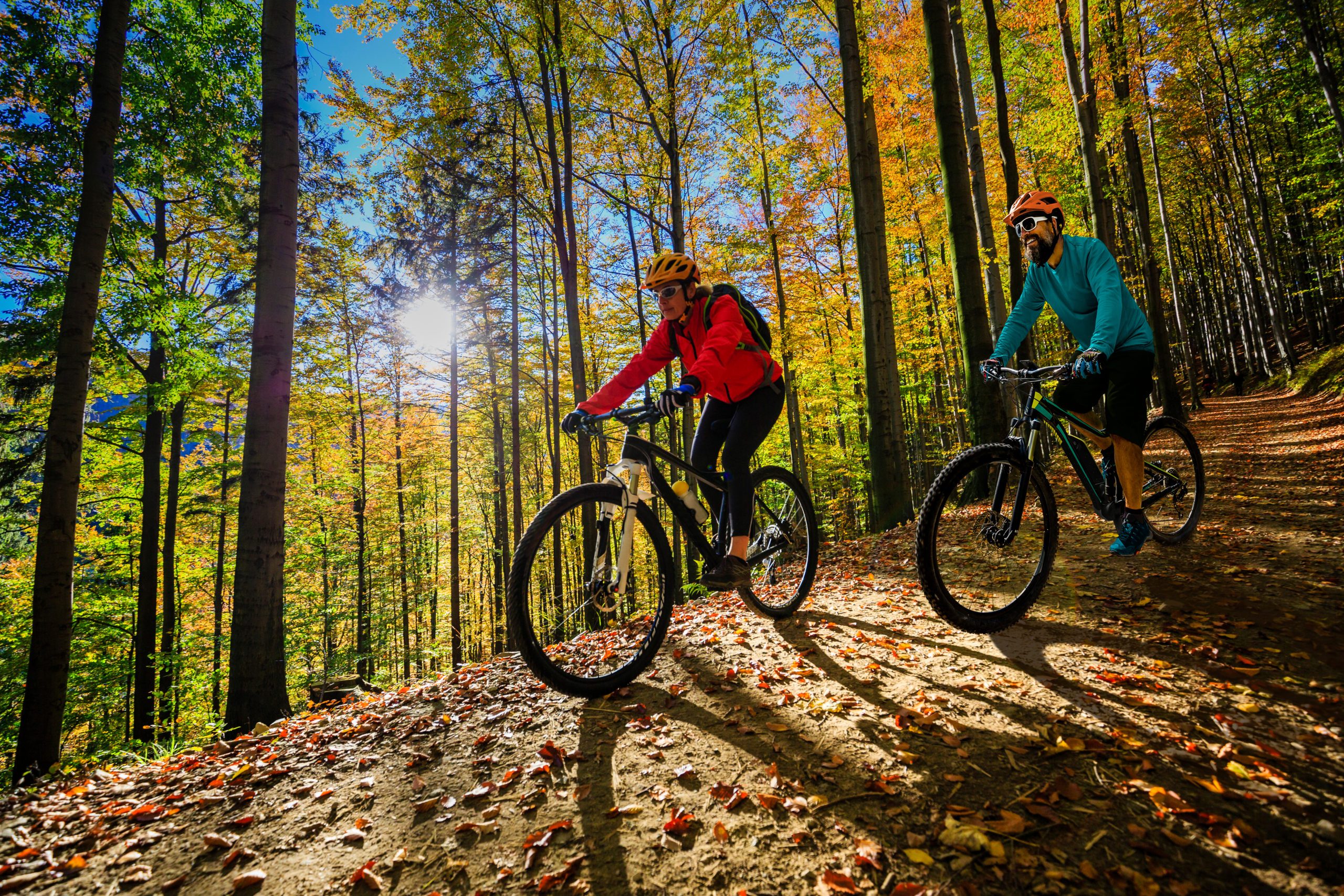
Where and what are you going to ride?
Take a look at what you’ll ride and where you’ll ride. Pick the most suitable bike for the riding that you’ll do.
Ask yourself the following questions:
Are your local trails smooth and easy, or will you tackle some big and challenging terrain?
Will your rides be short and sharp or big, long and all-day epics?
How often will you ride? Are you going to be out several times a week or just once a month? Will you ride through the winter?
Are you likely to head to many bike parks, do any racing or head abroad on a mountain bike holiday?
We’d advise picking the bike that best suits the riding you’ll do 75% of the time. That’s the bike you’ll get the most fun out of and will be the most useful for the most significant amount of your riding.
If you’re erring on the side of occasional riding on beginner level trails, you can get away with spending a bit less and considering a hardtail with a lighter-weight kit. If you’re all set for trips abroad, racing, rough trails, and winter riding, you’ll likely need to spend more and benefit from a full-suspension bike.
Hardtail or full suspension?
You’re better with a good hardtail than a poor full suspension bike.
If your budget is around £1,000, we’d advise you to buy a hardtail. You’ll get better quality components, and you won’t have to worry about maintenance as much. You can always upgrade your kit as you get a bit more cash. Hardtails are fun, fast, and an absolute riot to ride!
The Calibre Line 10 is a fantastic starter hardtail mountain bike that costs just £749. We’re also big fans of the Vitus Nucleus 275 VR (£489) and the Marin Nail Trail 6 (£1,100)
If you can stretch to £1000 or more, then those shiny, full-suspension bikes become an option. They’re best if your trails are rougher and more technically demanding.
If you plan to ride some Bike Parks, do a bit of racing or head abroad to ride some big mountains now and again, you’ll benefit from full suspension, wider tyres, and better quality components.
Great first full-suspension mountain bikes include the brilliant Calibre Bossnut (£899) and the Marin Hawk Hill (£1350).
If your budget is a bit more exciting, there are some fantastic bikes around the £2500 mark. There’s the Canyon Spectral (£2600), Nukeproof Mega 275 Comp (£2400)
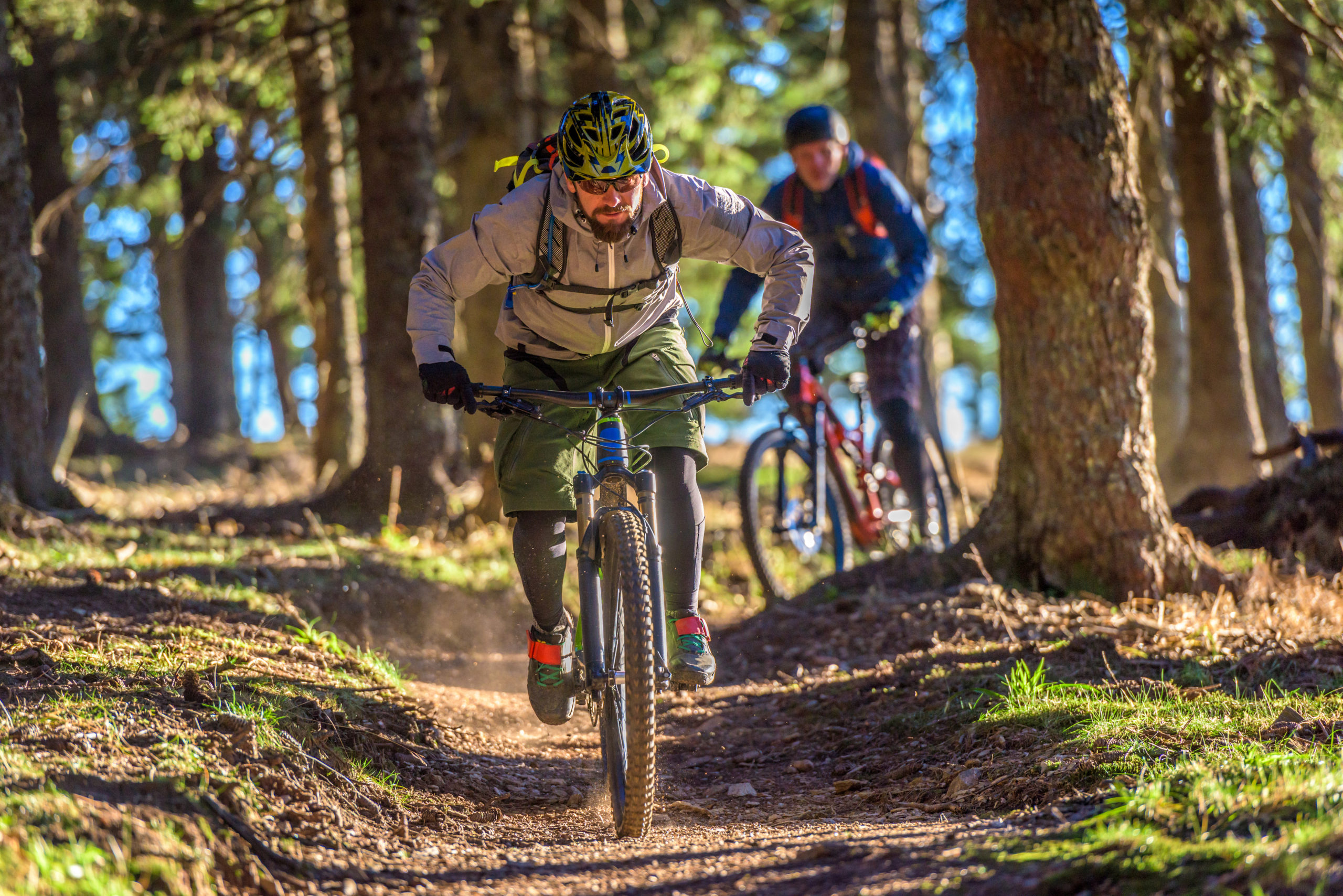
Wheel size.
The most common wheel sizes are 26”, 27.5” and 29”. All are available with standard size or large volume plus-sized tyres.
Whichever you choose will have minimal effect on how much fun you have or how fast you go. There are good bikes and bad bikes in all wheel sizes.
Pick the one that suits your budget, get some decent tyres and enjoy riding whatever wheel size you choose. They’re all great fun, trust us!
New or second hand?
When buying your first mountain bike, the second-hand market can look pretty appealing – and rightly so.
A new bike from a bike shop or online retailer will be appropriately checked and tuned before getting it. You’ll get a warranty. You’ll often get free servicing. You’ll also get peace of mind your bike hasn’t been flogged senseless in its previous life.
Second-hand bikes can be an absolute bargain, but you need to be cautious.
Try to buy from bike shop mechanics, pro-riders or race teams as they’ll have usually maintained their bikes carefully throughout their lives. Take an experienced friend along when you buy and have a proper, no-nonsense check before you commit. When you buy, use something like PayPal, which protects you if the bike turns out to be a deathtrap. If your second-hand deal seems too good to be true or feels a bit fishy, give it a miss.
Direct sales or bike shop?
The traditional route to buy a bike is through a bike shop. Many manufacturers sell their bikes directly to customers online these days – called ‘direct sales’.
A good shop can give you some advice on the best bike for you. You can try it before you buy it, and you can swap out a kit that you don’t like. The shop will also build your bike up and check it is in tip-top condition. Free service after six months isn’t uncommon either.
The ‘direct’ sales route makes the bikes cheaper. You’ll usually get better components for less money than in a bike shop. It’s harder to try before you (but not impossible), and you won’t have a local, hard-working bike shop o give you advice and help you out. Direct sales brands are doing a great job with customer service and are often quick and easy to reply to calls and emails.
Our advice? Pick the one that offers the best bike for you for your budget. Also, don’t forget that a bike bought online can still be fixed in your local bike shop. Whatever you buy, get into your local bike shop for repairs, spares and advice.
Get a demo ride
A spin on a mate’s bike is good, but a good demo day organised by a manufacturer or shop is better. A try-before-you-buy is essential to ensure your potential new bike fits and rides like you think it will.
You’ll find demo days advertised on mountain bike websites and bike manufacturers’ websites or social media pages. Many shops also have demo bikes that you can borrow and ride on your local trails.
Smiles, not miles.
Last but not least and the most important of all!
Buying that first mountain bike can be a tricky process. Don’t forget that ultimately it’s the bike that puts the biggest smile on your face that you should buy.
Decide your budget, do some research, ask around, get a demo ride and then buy something and ride it hard!
Don’t forget to check out Pedal Cover’s home insurance bundled with mountain bike insurance when you buy your new bike. We’ll keep you and your bike safe if things don’t go entirely to plan!

